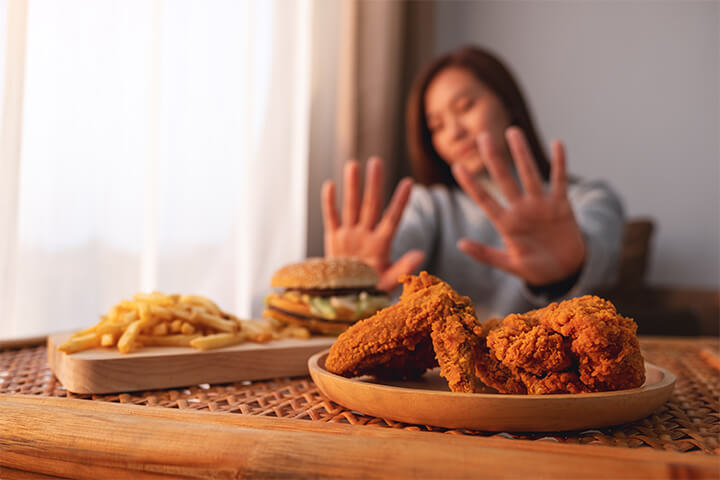Millions of people in the United States are currently prescribed GLP-1 receptor agonists for weight loss. Experts have predicted that there will be an estimated 40 million people taking GLP-1s by 2029. Our new reality has ushered in a paradigm shift of dietary habits, which is impacting the restaurant industry.
Individuals on these medications experience a significant reduction in appetite, altered food preferences, and a heightened sensitivity to certain foods. To thrive in this evolving market, restaurants must adapt by offering tailored menu options and transparent labeling to attract and retain this new discerning customer segment.
Why Do GLP-1 Users Require a Specialized Diet?

GLP-1 patients are not simply seeking “diet” options; they require foods that are both nutritious and easily digestible. These medications work by mimicking a naturally occurring hormone, glucagon-like peptide-1, which regulates appetite and glucose levels.
This mechanism leads to delayed gastric emptying, increased satiety, and a decreased desire for high-calorie, high-fat foods. Consequently, traditional restaurant offerings, often laden with rich sauces, fried components, and excessive portions, become less appealing and, often problematic for people receiving GLP-1 treatments.
A primary concern for these individuals is mitigating gastrointestinal side effects. Nausea, vomiting, diarrhea, and abdominal discomfort are common, particularly during the initial stages of treatment or when doctors increase their patient’s dose. Gastrointestinal side effects are exacerbated by foods that are slow to digest, high in fat, or excessively sugary. Therefore, restaurants must prioritize dishes that are lean, easily digestible, and sensibly portioned, with low or no added sugar.
Take Guesswork Off the Menu

Restaurants that proactively cater to the GLP-1 consumer segment can gain a significant competitive edge. By incorporating the phrase “GLP-1 friendly” into menu descriptions, establishments can alleviate the anxiety and guesswork associated with navigating a new diet. This simple designation signals a commitment to understanding and accommodating the specific needs of this growing consumer segment.
Clear labeling greatly lessens the need for extensive inquiries and dietary modifications, creating a more enjoyable dining experience for customers and the restaurant employees serving them.
Smoothie King Leads the GLP-1 Pack

Smoothie King’s strategic inclusion of a smoothie menu that support this consumer segment demonstrates the efficacy of this approach. By offering smoothies with high protein, fiber, and no added sugar, they cater directly to the needs of people taking these medications by providing convenient and nutritious options.
Smoothie King’s targeted, no-guesswork-necessary approach has likely driven sales and attracted new customers. And not for just GLP-1 users. Their new smoothie additions are ideal for anyone who prioritizes a healthy diet.
Reaching the Growing GLP-1 Market

The restaurant industry must recognize and adapt to the evolving dietary needs of GLP-1 users. Adding new menu options and prioritizing clear labeling to remove the guesswork will help future-proof your establishment against this growing consumer segment, positioning operators for long-term success.



